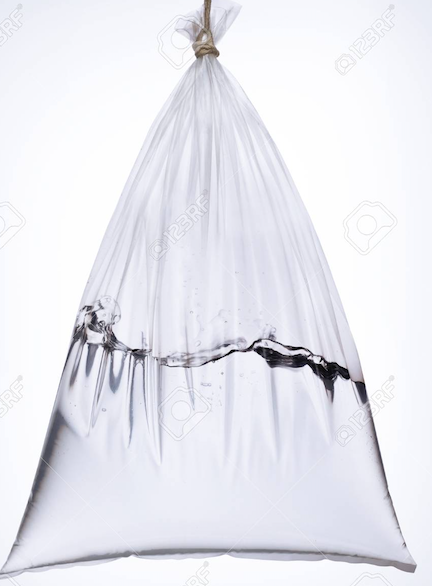Consider some fluid (as nice as possible) in a plastic bag with holes illustrated by the image below (of course no holes have been drawn in this picture)
What is the corresponding PDE to model the mass density and the flow velocity (as well as the boundary conditions)?
Now let us prick holes with a needle dynamically (even randomly) such that the distribution of holes evolves with respect to time. What is the corresponding PDE?
I'm interested in the remaining mass in the bag. Are there references on this topic?
PS : Following the remarks of Jonathan J. it might be better to replace the word "plastic" by any general material. Then we may model the "bag" by some bounded open set $\Omega\subset \mathbb R^d$ with $d=2$ or $d=3$. Here I would like to emphasize that in general "bag" is deformable, but here $\Omega$ can be deformable or not and I'm interested in these two cases.

